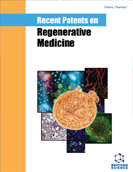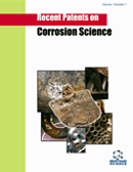Abstract
Corrosion is a major issue that can cause implant failure, leading to adverse
reactions in the surrounding tissue and sometimes causing systemic complications.
Several researchers are currently exploring ways to enhance the corrosion resistance of
orthopedic implants, which is essential to improve their performance and longevity.
The most common strategies used to enhance the corrosion resistance of orthopedic
implants are selecting corrosion-resistant materials, surface treatments, coatings, and
improved implant design. Surface treatments, such as passivation, anodization, and
micro-arc oxidation, can also create a thin oxide layer on the surface of implants to act
as a barrier against corrosion. Coatings (hydroxyapatite, diamond-like carbon, metal
oxide coatings) and good implant design can also be used to provide a protective
barrier and alter the surface chemistry. Further research can be focused on developing
new materials and surface treatments that are more corrosion-resistant, as well as
advanced implant designs that can minimize stress concentrations and enhance load
distribution. By implementing these strategies, orthopedic implants can provide better
treatment for patients with a higher level of safety and efficacy. This chapter mainly
focuses on corrosion types, causes, merits, demerits, corrosion detection methods and
remedial actions.






















